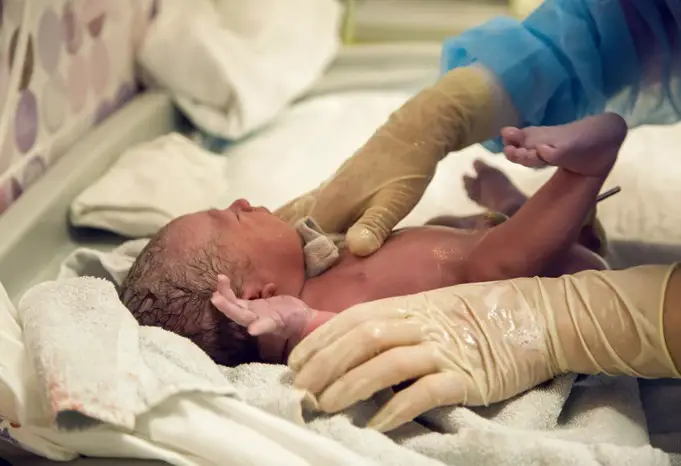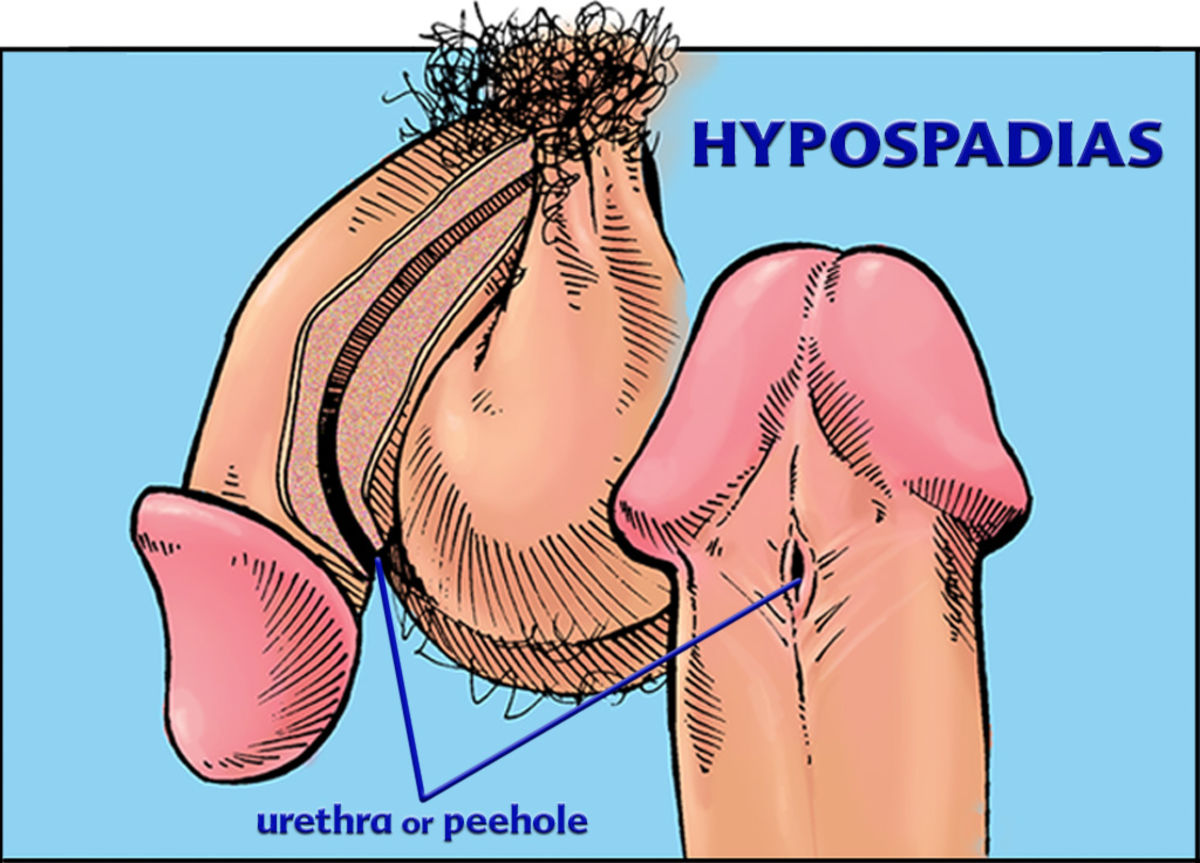With significant taboo surrounding the mere pronunciation of the word, ‘penis,’ can urologists raise awareness for the identification of the most common birth defect no one talks about?
Prevalence
Affecting 1 out of 250 male births, hypospadias is the most common penile birth defect that is often accompanied by genital abnormalities such as undescended testes, micropenis, or inguinal hernias.
Hypospadias is a condition where the urethra opens on the underside of the penis, causing the urinary flow to deflect into a thin or double stream.
In 50% of cases, the urethral opening or meatus is situated near the tip of the penis, that is, along the anterior side of the urethra.
While distal hypospadias is a milder form of hypospadias, proximal hypospadias – where the urethral opening is further towards the scrotum or perineum – is more severe, despite occurring in only 20% of cases. Proximal hypospadias can also lead to infertility in the future if left untreated.
Depending on the genital malformation’s severity, there are different aspects of hypospadias repair, but with a singular aim, that is to rehabilitate the psychological and physical suffering of the male child.
Nearly 85% of hypospadias conditions are considered to be mild, mainly because patients and their parents are too oblivious to notice the defect without any symptoms.
Signs and Symptoms
There are usually three main symptoms concerning hypospadias.
- One, an opening on the ventral aspect of the penis leads to a downward or irregular stream of urine, that is, the flow might be in various directions.
- Two, the curvature of the penis might curve, known as chordee, with prolongation of the disease, and thus result in a painful erection.
- Three, the patient might be unable to indulge in coitus, which can lead to infertility or the inability to father children in the future.
Usually, symptoms occur right after childbirth, where the child experiences straining due to hesitancy in urinary flow. But in cases where the condition goes unnoticed, complications begin to arise when the male grows up to the age where he can indulge in sexual intercourse.
Causes and Risk Factors – How does Hypospadias occur?
Many urologists might be able to ‘inform’ the parents of an existing offspring with hypospadias regarding its possibility of affecting further children with the same condition. But, doctors themselves are unsure as to what causes the most common congenital disability known to man in the first place.
While genetics plays a vital role in the malformation of any structure of the human body, many researchers of the CDC were adamant about finding out the risk factors for hypospadias.
As inconclusive as it might seem, many researchers were able to identify several risk factors that may or may not promote the prevalence of hypospadias in the family. But, with risk factors of a mother’s environment, it was also concluded that they are not only controllable but also avoidable.
Genes
If your child’s father or brother were born with hypospadias or any other condition of malformation of the genitalia, it is more likely that its genes run in the family. But, while it’s a possibility, it’s not a definite occurrence.
Assisted Reproductive Technology
Assisted reproductive technology is a form of fertility treatment that many women undergo if they’re unable to conceive naturally. While it’s pretty standard in the U.S, fertility treatments might lead to an increased risk of congenital structural disabilities, especially hypospadias, in the conceived fetus.
Hormonal Therapy
Women who might have taken specific hormonal therapies before or after conception might have an increased risk of bearing children with hypospadias.
Increasing Age and Weight
Increasing age (>35) has already been found to be a significant risk factor for chromosomal anomalies such as Down’s syndrome.
But mothers who were obese and >35 in age were also considered as significant risk factors for bearing children with hypospadias.
Diagnosis and Treatment
Hypospadias is usually diagnosed after the child is born. It is the most common penile birth defect.
At times, it might be evident before circumcision, or after symptoms occur. Hypospadias repair surgery is generally recommended after the child is above six years of age.
However, in extreme cases, surgery is considered when the child is at least 18 months of age to minimize complications following hypospadias repair.
Following the surgery, some male infants might observe the dribbling of urine from their urethra, coupled with the inability to evacuate the urinary bladder completely.
Children can also go into urinary retention as a consequence of not being able to pass urine from the opening of their urethra on the tip of their glans penis.
It is most likely due to an abnormal narrowing of the urethral opening, which is known as meatal stenosis that occurs after hypospadias repair but is not very common.
Sexual Health
Surprisingly, according to a German study concerning 225 males with hypospadias, only 6 of them were unaware of the genital malformation of their penis, and had gone undiagnosed to this point!
This was because all 6 of them didn’t experience any difficulty during voiding or discomfort during sexual intercourse. Except for one homosexual patient, all of the five remaining men didn’t even experience any pain during ejaculation, and thus, had successfully fathered offspring of their own!
If you know any child with hypospadias, consider counseling and educating the patient’s family about the concerns related to its correctional surgery. Together, we can end the taboo affecting our children, and move towards a civilized, educated, and prosperous society.
There should be no stigma or taboo in an ailment that’s affecting the physical and psychological health of our children. Not only will these children grow up to be better citizens who don’t feel shame in anybody’s physical malformations, but also active members of the society.
Author Bio:
Alma Causey is a Freelance writer by day and sports fan by night As a blogger she wrote quite a few posts on health, technology as well as management. She loves to discover new places and share experiences in words. She is currently associated with hypospadias .Oh, Alma- is incomplete without cats. Find her on Twitter: @Almacausey













